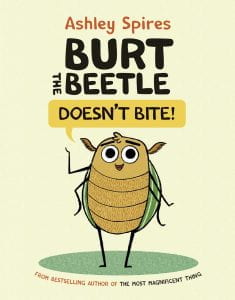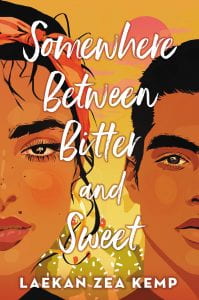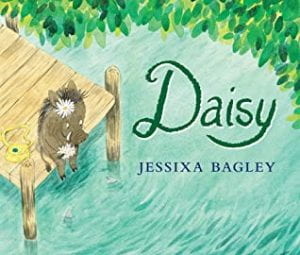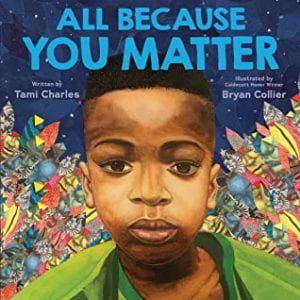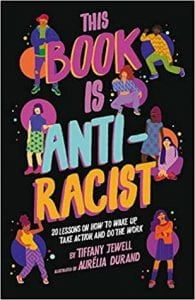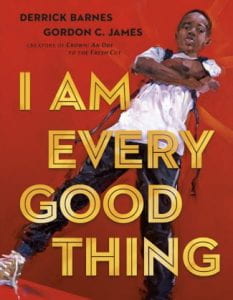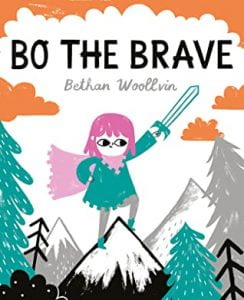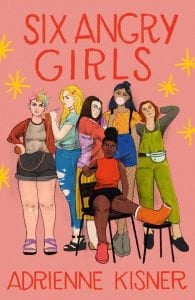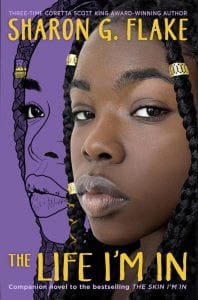 Flake, Sharon G. The Life I’m In. Scholastic Press, 2021. $18.99. 978-1-338-57317-6. Grades 9-12.
Flake, Sharon G. The Life I’m In. Scholastic Press, 2021. $18.99. 978-1-338-57317-6. Grades 9-12.
In Sharon G. Flake’s best selling novel, The Skin I’m In, Charlese–Char–Jones is the confident bully wreaking havoc on the life of the diffident and vulnerable Maleeka. In The Life I’m In, African-American Char appears as the main character, still inwardly grieving for the loss of her beloved parents, and continuing to make bad decisions. Her older sister and guardian, Juju, has begun to get her life together–stopping the house parties and securing a job in a bank–and needs Char–sixteen and a seventh-grade drop out–to live with their grandparents in Alabama. At the start of this reluctant bus trip, Char is flippant and rude, comical and outspoken. The passengers are alternately annoyed and amused by her unself- conscious antics. When young, white mother, April gets on the bus with her three-month old biracial baby, Char’s maternal instincts urge her to assist April. Bound for a job, April shows the distressed signs of living rough on the streets. To provide for her child, she sells narcotics and sexual favors to truck drivers; she suppresses suspicion about this new employment that requires she pay for the position. When April disembarks the bus with baby Cricket in tow, naive Char decides she will go out on her own and not continue to Alabama. Thinking it is temporary, she volunteers to take care of Cricket when April’s aunt never shows up at the bus station and well-dressed and smooth talking Anthony arrives as April’s ride to Florida. Char enlists all her resources to persuade a hotel proprietor to rent her a suite; she figures out and procures the necessary baby supplies with the money from Juju; she contacts Juju and even the newly reconciled Maleeka to tell them of her actions if not her whereabouts. Char may talk a good game, but she is young, inexperienced, and a virgin. When Char’s funds dwindle and her efforts to find work are hindered by her motherly duties, she runs into Anthony again and, in an attempt to save Cricket, finds herself a victim of sex trafficking. Author Flake describes the depravity of Char’s existence during this time delicately, but does not stint on the truth. Char receives some solace in the community of other girls in Anthony’s pack, who seem to be of different races and backgrounds. When she eventually escapes and is reunited with Juju, Char needs the help of not only her sister, but also Maleeka, her former teacher, Ms. Saunders, and professionals to survive the trauma and feel truly free. The fluid text reflects Char’s actual voice, and her first-person narration gives an intense look into her complex feelings and her maturity as she tries to survive under egregious conditions. Although the stress and suffering Char conveys is painful to read about, readers will find this a compelling book.
THOUGHTS: This is a harsh story to tell, and Sharon Flake tells it well. The book serves as a mirror for those who have suffered sexual abuse or trauma of any kind as well as a window into the lives of people who have experienced homelessness and poverty. The reader leaves feeling not pity but understanding and an admiration for the resilience and effort exerted by trauma victims. It acts as a call for all to refrain from rash judgements and to be kind. Char’s second escape from Anthony seems contrived (would the driver wait for Char as she says good-bye to Maleeka?); however, readers will be rooting for the happy ending.
Realistic Fiction Bernadette Cooke, School District of Philadelphia
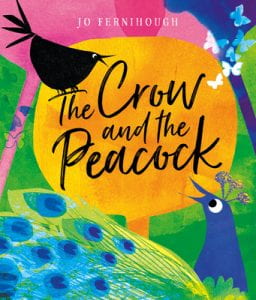 Fernihough, Jo. The Crow and the Peacock. Eerdmans Books for Young Readers, 2021. 978-0-802-85568-8. Unpaged. $17.99. Grades K-3.
Fernihough, Jo. The Crow and the Peacock. Eerdmans Books for Young Readers, 2021. 978-0-802-85568-8. Unpaged. $17.99. Grades K-3.
